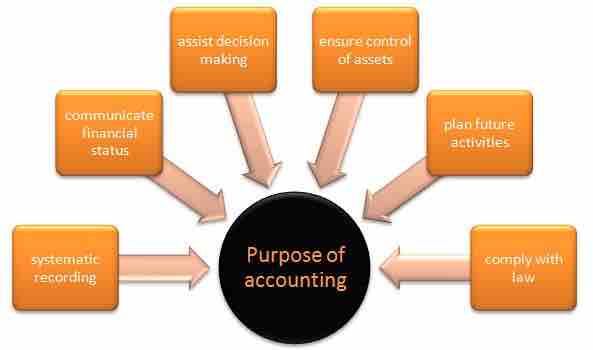Indefinite-Life Impairment
In accounting, intangible assets are defined as non-monetary assets that cannot be seen, touched or physically measured.
Under US GAAP, intangible assets are classified into: Purchased vs. internally created intangibles, and Limited-life vs. indefinite-life intangibles.
Since intangible assets are typically expensed according to their respective life expectancy, it is important to understand the difference between limited-life intangible assets and indefinite-life intangible assets. Intangible assets with identifiable useful lives (limited-life) include copyrights and patents. These items are amortized on a straight-line basis over their economic or legal life, whichever is shorter.
Some examples of indefinite-life intangibles are goodwill, trademarks, and perpetual franchises. Indefinite-life tangibles are not amortized because there is no foreseeable limit to the cash flows generated by those intangible assets. Instead of amortization, indefinite-life assets are evaluated for impairment yearly. If an impairment has occurred, then a loss must be recognized.

The purpose of the accounting cycle
Properly reporting items is important to the accounting cycle.
An Impairment cost must be included under expenses when the carrying value of a non-current asset exceeds the recoverable amount. The Impairment cost is calculated as:
Carrying value - Recoverable amount
The carrying amount is defined as the value of the asset as displayed on the balance sheet. The recoverable amount is the higher of either the asset's future value for the company or the amount it can be sold for, minus any transaction cost.
Intangibles can also be classified as: legal intangibles or competitive intangibles. Legal intangibles are also known as Intellectual Property. They include trade secrets, copyrights, patents, and trademarks. Competitive intangibles comprise knowledge activities, know-how, collaboration activities, leverage activities, and structural activities.
Reversal of Impairment Loss
When an intangible asset's impairment reverses and value is regained, the increase in value is recorded as a gain on the income statement and reduction to accumulated impairment loss on the balance sheet, up to the amount of impairment loss recorded in prior periods. Increases in value in excess of prior impairment loss is debited directly to the asset and credited to a revaluation reserve account in the equity section of the balance sheet. According to IAS 36, reversal of impairment losses for goodwill are not allowed.